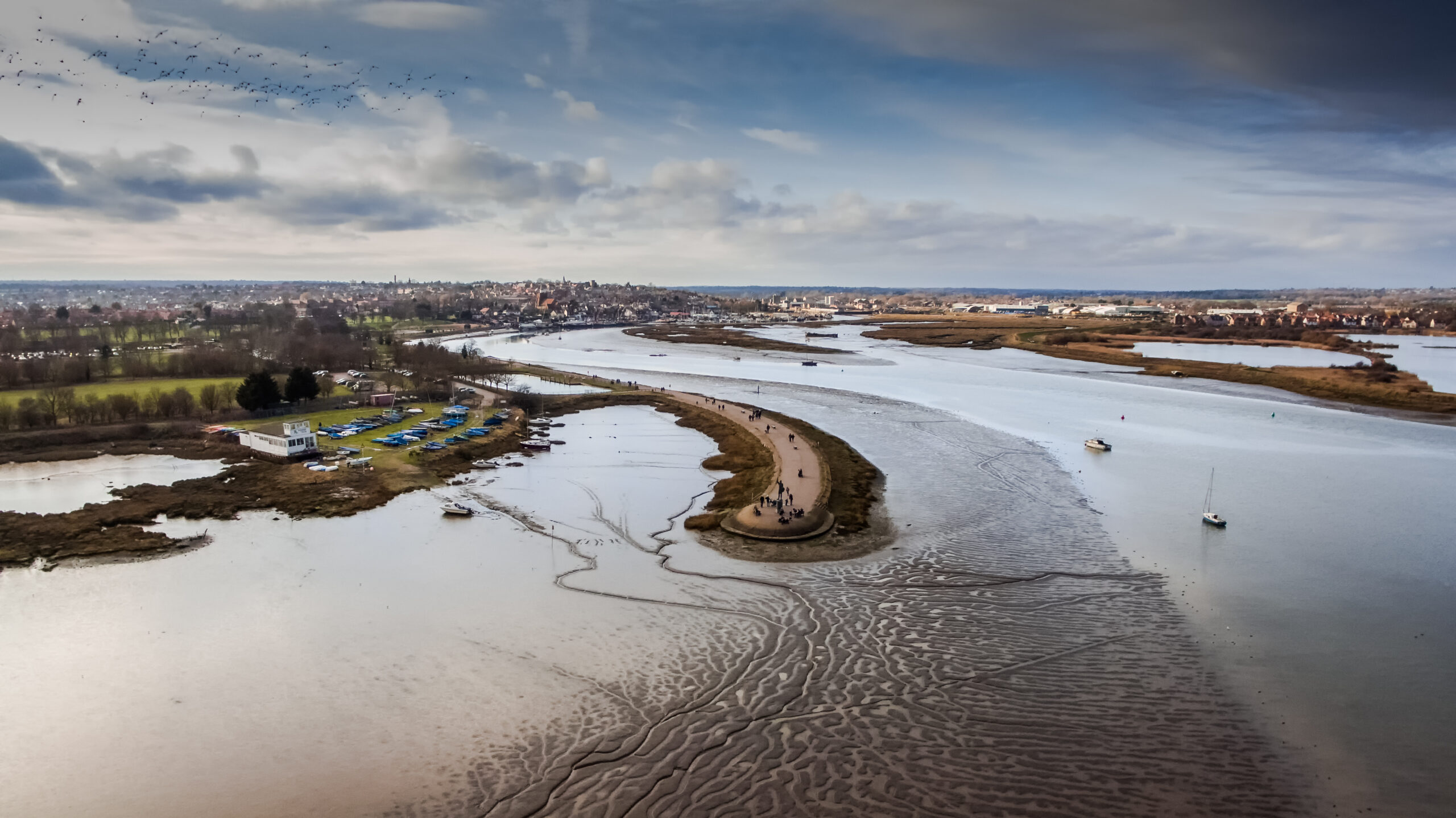The Seabed User & Developer Group (SUDG), an informal grouping of the UK’s key marine industries, have called on the UK government to put in place a moratorium on the biodiversity metric for intertidal habitats.
Biodiversity Net Gain (BNG) is a policy set out in the Environment Act 2021 and on 12 February 2024 it became mandatory for major Town and Country Planning Act (TCPA) developments in England. BNG will become mandatory for minor developments on 2 April 2024. England is the only country in the world with mandatory Biodiversity Net Gain.
The TCPA extends down to Mean Low Water meaning BNG will apply to developments within the intertidal zone.
In a statement on its website, the SUDG says that its members have repeatedly stated support for the development of biodiversity net gain (BNG) policies in the coastal and marine environment that would allow for the delivery of meaningful biodiversity gains with minimal regulatory bureaucracy and process.
However, the SUDG still has significant concerns about the application of the BNG intertidal metric tool and the excessive costs of the UK Government’s statutory BNG credits, and how this will affect any emerging intertidal BNG markets. The statement follows previous attempts to highlight the issue with government, both by SUDG and some of its members.
Excessive, arbitrary and complex
The group says they expect to see a slowdown in development at the coast as a direct result of this policy, the increased costs to developers and the added uncertainty it brings.
They go on to say that through industry testing they have found several ‘flaws’ with the intertidal BNG metric calculation tool and have serious questions about whether the metric drives the best outcomes for sustainable development and economic growth in the coastal context.
SUDG believe that ‘the metric is excessive, often arbitrary and has become increasingly complex at every stage of its development.’
Differences between terrestrial, marine and intertidal
The approach and metric for marine habitats and environments is not as developed as the terrestrial version. Defra published its response to the consultation on the Principles of Marine Net Gain in December 2023.
There are some differences in the way BNG can be applied. The Statutory Biodiversity Metric Calculation Tool (Metric) uses habitat as a proxy for calculating biodiversity. The Metric is used differently on intertidal habitats compared to its use on other terrestrial habitats. Natural England have published a summary of these differences.
Moratorium on the biodiversity metric
The SUDG statement says: ‘We urge government to put in place a moratorium on the biodiversity metric for intertidal habitats, until a more realistic alternative can be developed.’
They are also asking for a clear timeline from government for review of this policy in the intertidal, with transparent mechanisms for how industry concerns and impacts have been considered and acted upon as appropriate.
The SUDG statement ends by stating that they believe there is huge potential to achieve so much through the successful implementation of a proportionate and straightforward policy for marine and coastal net gain, and that SUDG industries are keen to continue to work with government to ensure that these opportunities are maximised.
The statement from the Seabed User & Developer Group can be read in full here.
